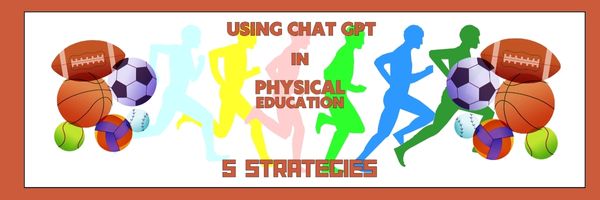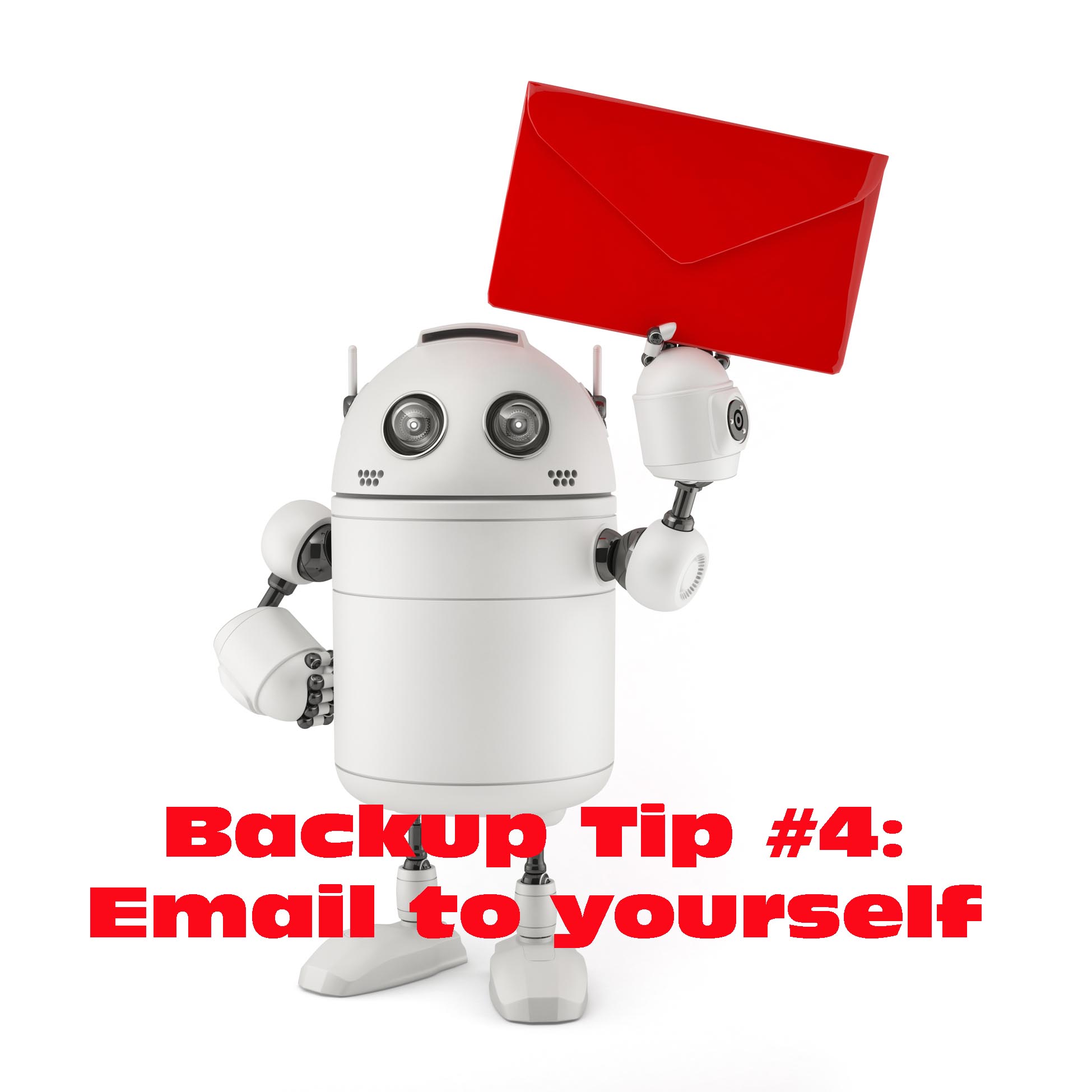Chat GPT is popular among teachers for lots of reasons. For example: to explain concepts, demonstrate ideas, answer specific questions, and assess knowledge. When we asked the Ask a Tech Teacher team to apply it specifically to teaching physical education–not something we usually think of with tech tools–they came up with these great ideas:
Using ChatGPT to Revolutionize PE Teaching: 5 Expert Strategies!
Education is no exception to how artificial intelligence (AI) has been making waves in various industries. AI is used in education to improve learning in multiple areas, including science, math, and languages. It is also having an impact on physical education and health. AI integration can make health and physical education more effective, entertaining, and personalized for teachers and students.
The integration of cutting-edge tools like ChatGPT marks an unprecedented milestone, heralding a new era of pedagogical evolution within PE.
Join us as we explore these minutely specific tactics in further detail. Each has been carefully designed to maximize ChatGPT’s potential and open up a world of inclusivity and innovation in physical education. This investigation aims to clarify the possible uses and encourage teachers to adopt this paradigm change, which will enhance PE education in hitherto unheard-of ways.
Tip 1: Create Customized Exercise Programs
Using ChatGPT’s flexibility, PE teachers may create complex, individualized training regimens that meet each student’s needs. Teachers make customized exercise plans by carefully examining information about students’ fitness levels, interests, and health issues. A PE teacher might ask:
“ChatGPT, can you provide a customized exercise program for a beginner?”
These individualized plans promote inclusivity across the curriculum, guaranteeing that every student participates actively and advances at their speed. Additionally, ChatGPT’s capacity to combine diverse data offers a comprehensive picture of students’ abilities, allowing teachers to tailor exercise regimens for optimal effectiveness.
Tip 2: Acting as a Resource for Nutrition and Health
Through the deluge of health information, ChatGPT stands out as a trustworthy resource for PE educators. This advanced language model quickly responds to questions from pupils about various complex nutrition and health-related subjects. ChatGPT has become an invaluable resource for promoting students’ overall well-being, helping them with everything from understanding dietary labels to explaining the physiological nuances of exercise. Its extensive database guarantees that teachers deliver timely and reliable information, allowing pupils to understand health-related ideas at a deeper level.
Tip 3: Using Gamification to Create Interesting Tasks
The panorama of student interaction in physical education classes has changed with the inclusion of ChatGPT. Educators utilize this technology to create engaging tasks and interactive games that bring life and enthusiasm to every classroom. Personalized lessons created with ChatGPT’s capabilities improve student engagement and foster a lively classroom atmosphere that promotes involvement and constructive competition. This method enhances learning by raising engagement levels and encouraging teamwork and friendship.
Tip 4: Constructive feedback and virtual coaching
With education moving outside conventional bounds, ChatGPT becomes a virtual mentor that PE teachers cannot live without. Teachers use this strategy to give students individualized assistance, which helps them improve performance by fine-tuning procedures and providing personalized feedback. ChatGPT guarantees students receive individualized guidance in asynchronous, hybrid, and distant learning environments, promoting ongoing development and progress.
Tip 5: Creating Educational Health Education Modules
Enabling physical education teachers to develop thorough health education lessons, ChatGPT serves as the mainstay for sharing essential knowledge. Working together with this strategy, educators select resources that cover a range of physical health-related topics. ChatGPT provides students with a comprehensive understanding of well-being by enhancing the curriculum with topics ranging from clarifying injury prevention techniques to investigating mental wellness tactics.
In summary
The introduction of ChatGPT into physical education represents a paradigm change in favor of creativity and inclusivity. These tactics reshape the pedagogical landscape and reveal the model’s diverse potential. Teachers open the door to a revolutionary PE learning experience by utilizing ChatGPT, which enhances the learning process in ways never seen before for teachers and students!
Enrich your PE teaching and explore opportunities with basketball trainers near you to unlock the potential of tailored coaching and expertise in sports education.
Here’s the sign-up link if the image above doesn’t work:
Jacqui Murray has been teaching K-18 technology for 30 years. She is the editor/author of over a hundred tech ed resources including a K-12 technology curriculum, K-8 keyboard curriculum, K-8 Digital Citizenship curriculum. She is an adjunct professor in tech ed, Master Teacher, webmaster for four blogs, an Amazon Vine Voice, CSTA presentation reviewer, freelance journalist on tech ed topics, contributor to NEA Today, and author of the tech thrillers, To Hunt a Sub and Twenty-four Days. You can find her resources at Structured Learning.






































